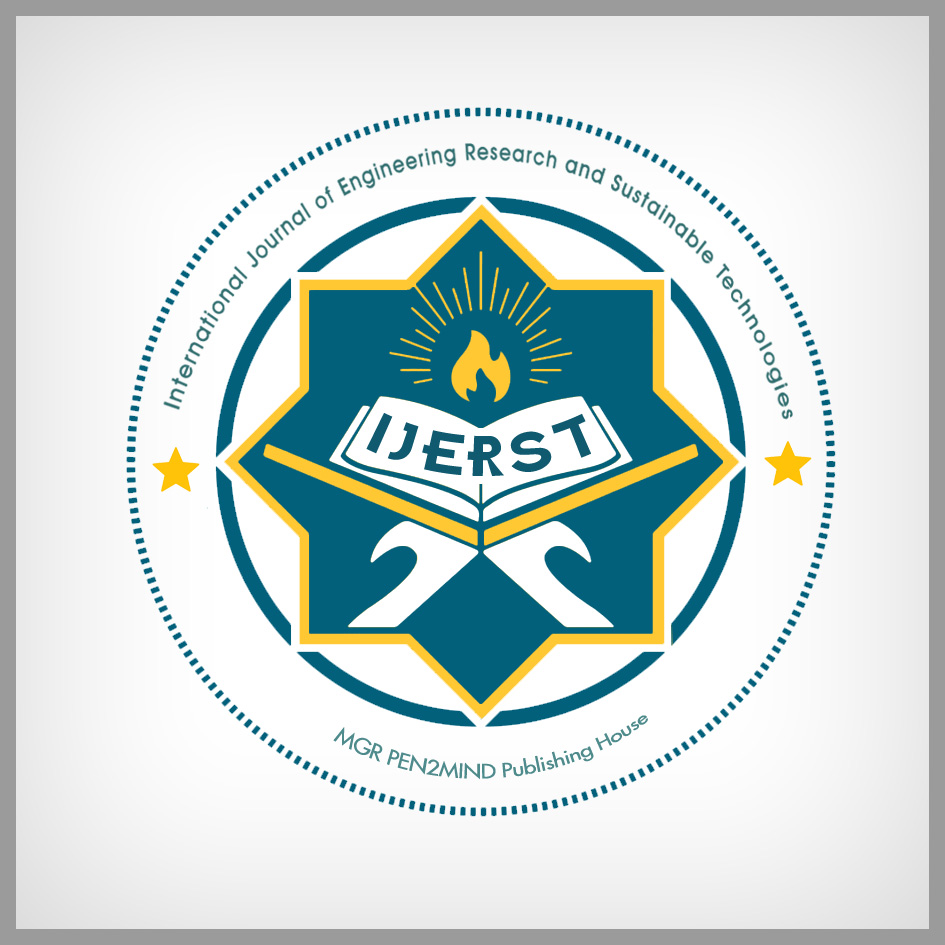SKILL GAP ANALYSIS USING MACHINE LEARNING
DOI:
https://doi.org/10.63458/ijerst.v3i3.122Keywords:
Skill Gap Analysis, Machine Learning, Natural Language Processing (NLP), Resume Analysis, Skill Enhancement, Industry Requirements, Career Growth, Personalized Development Roadmap, Interview Preparation Resources.Abstract
The “Skill Gap Analysis Using Machine Learning” project aims to bridge the gap between user skillsets and industry requirements. It examines user resumes, finds skill gaps, and gives a path for skill improvement using Natural Language Processing (NLP) and machine learning techniques. Additionally, the system suggests resources for interview preparation based on the professional domains that the user has chosen. This platform supports firms in workforce development while providing users with practical insights for career growth.
References
Manning, C. D., & Schütze, H. (1999). Foundations of Statistical Natural Language Processing. MIT Press.
Chollet, F. (2017). Deep Learning with Python. Manning Publications.
Bengio, Y., et al. (2009). Learning Deep Architectures for AI. Foundations and Trends in Machine Learning.
Vaswani, A., et al. (2017). Attention is All You Need. Proceedings of NeurIPS.
Liddy, E. D. (2001). Natural Language Processing: A Survey of the State of the Art.
Parker, D. H., & Koller, D. (2020). Machine Learning for Skill Gap Analysis. Journal of Career Development.
Joulin, A., et al. (2017). Bag of Tricks for Efficient Text Classification. arXiv.
Joachims, T. (2002). Optimizing Search Engines Using Clickthrough Data. Proceedings of the 8th ACM SIGKDD International Conference on Knowledge Discovery and Data Mining.
Xia, M., & Wang, X. (2019). Job-Skill Matching Using Machine Learning. IEEE Transactions on Human- Machine Systems.
Joachims, T. (2002). Optimizing Search Engines Using Clickthrough Data. Proceedings of the 8th ACM SIGKDD International Conference on Knowledge Discovery and Data Mining.
Xia, M., & Wang, X. (2019). Job-Skill Matching Using Machine Learning. IEEE Transactions on Human- Machine Systems.
Bolton, M. R., & Bernhardt, D. (2018). Personalized Career Pathways and Skill Development via Machine Learning. International Journal of Career Development.
Liu, X., et al. (2020). An Empirical Study on Skill Gap Analysis and Prediction Using Machine Learning. International Journal of Data Science and Analytics.
Deng, L., & Liu, Y. (2018). Deep Learning for Natural Language Processing. Springer.
Ng, A. Y. (2017). Machine Learning Yearning. Deeplearning.ai.
Zhang, H., & Zhao, L. (2019). Machine Learning for Career Development: Applications and Trends. Journal of Career Assessment.
Kuhn, M., & Johnson, K. (2013). Applied Predictive Modeling. Springer.
Pan, Y., & Yang, Q. (2010). A Survey on Machine Learning in Job Recommendation Systems. ACM Computing Surveys.
Downloads
Published
How to Cite
Issue
Section
ARK
License
Copyright (c) 2025 Rameshbabu.V, Latha R, Sreenithi R

This work is licensed under a Creative Commons Attribution 4.0 International License.
License Statement
This work is licensed under a Creative Commons Attribution 4.0 International License (CC BY 4.0).
Authors retain copyright of their articles and grant International Journal of Engineering Research in Science and Technology (IJERST) the right of first publication.
This license permits unrestricted use, distribution, and reproduction in any medium, provided the original author and source are credited.
The journal encourages open access and supports the global exchange of knowledge.




